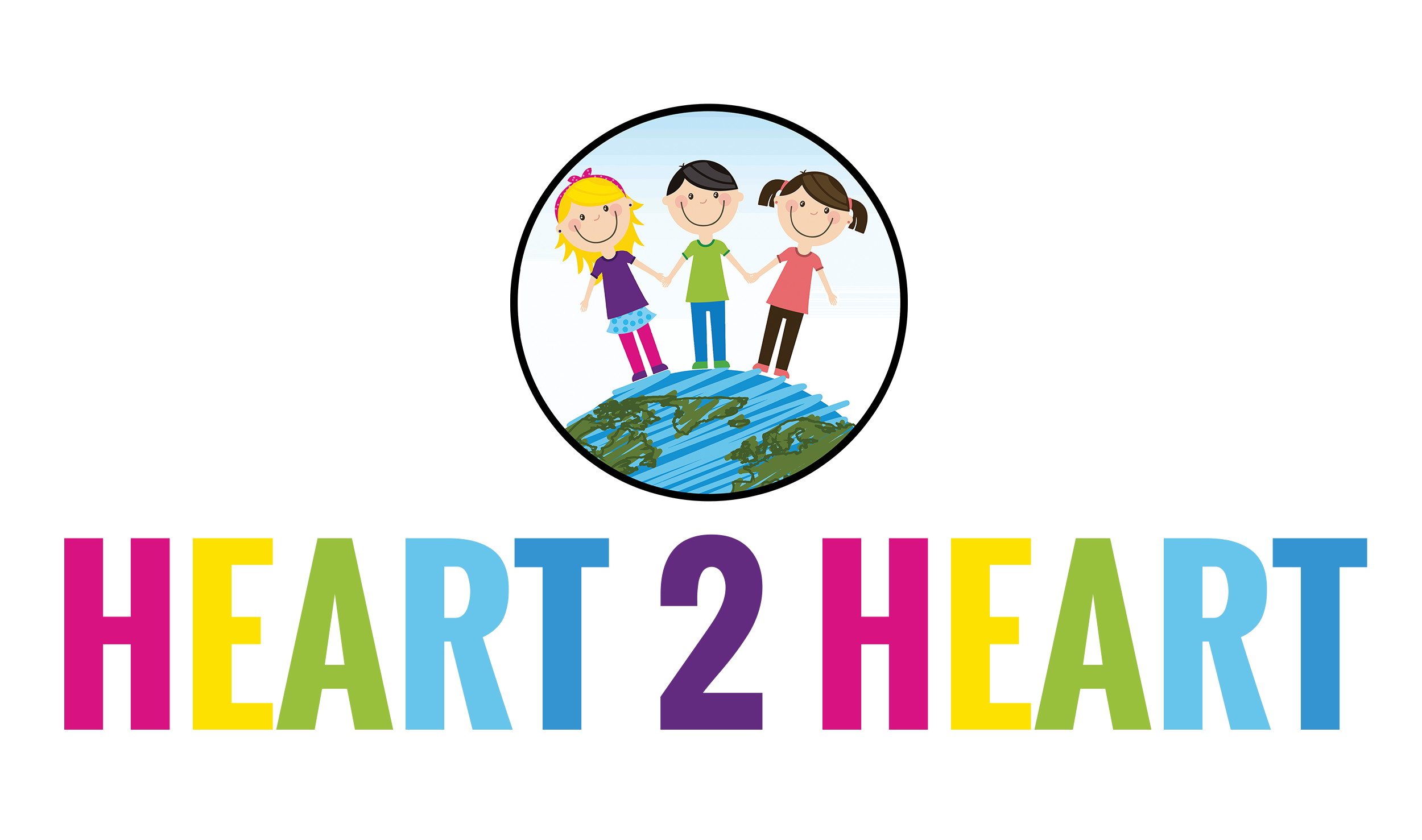Practicing parts of speech can be both enjoyable and educational for Grade 3 students. Here are some fun activities that align with the Common Core Standards:
-
Parts of Speech Bingo: Create bingo cards with different parts of speech (nouns, verbs, adjectives, etc.). Call out definitions or examples, and students cover the corresponding part of speech on their cards. This is a fun way to reinforce knowledge of parts of speech.
-
Word Sorting: Provide students with a mixed list of words. Have them sort the words into categories like nouns, verbs, and adjectives. This can be done individually, in pairs, or in small groups.
-
Parts of Speech Scavenger Hunt: Create a scavenger hunt where students find examples of nouns, verbs, adjectives, etc., around the classroom or from a text. This encourages them to apply their knowledge in identifying parts of speech in context.
-
"I Spy" with Parts of Speech: Play a version of "I Spy" where students have to guess an object based on its part of speech (e.g., "I spy something that is a noun").
-
Story Creation: Have students write short stories, but leave blanks for specific parts of speech. They can then fill these in with their own words or swap stories with a classmate to fill in the blanks.
-
Color Coding Sentences: Provide sentences where students must color-code words according to their parts of speech. For example, nouns could be blue, verbs red, and adjectives green.
-
Grammar Journals: Students keep a journal where they write sentences and then identify and label the parts of speech in each sentence. This can be a daily or weekly activity.
-
Mad Libs: Mad libs are a fun and educational activity that can be a great way to have kids practice the parts of speech without even realizing it.
Practicing the Parts of Speech through the use of Mad Libs benefits kids in the following ways:
-
Language Skills Development: These activities help students practice parts of speech like nouns, verbs, adjectives, and adverbs.
-
Creativity and Imagination: Filling in the blanks with creative words encourages students to use their imagination, fostering creative thinking and expression.
-
Contextual Learning: By creating humorous or nonsensical sentences, students learn to understand the importance of context in language.
-
Vocabulary Expansion: Students are exposed to new words and can explore their meanings, which helps in building their vocabulary.
-
Engagement and Fun: The playful nature of Mad Libs makes learning engaging and enjoyable, which can enhance motivation and participation in class.
-
Reading and Comprehension Skills: As students read their completed Mad Libs aloud, they practice reading fluency and comprehension.
-
Collaborative Learning: This activity can be done in pairs or groups, promoting collaboration, discussion, and social skills among students.
-
Self-Correction and Reflection: When students realize that a word they chose doesn't quite fit, it encourages them to think critically and make corrections.
-
Customizability for Different Learning Levels: Mad Libs can be easily adapted to suit various learning levels within the Grade 3 classroom.
In summary, Mad Libs are not just a source of entertainment; they are a multifaceted educational tool that can help students develop key language skills in a fun and interactive way.
Check out ALL of our holiday Mad Libs Here!
Be sure to check out all our different holiday packs. Kids will love these fun Mad Libs activities to celebrate the different holidays and not even realize they are reviewing the parts of speech. Each set contains several printable parts of speech fill-in the blank worksheets that are perfect for grammar review.
Happy Holidays!






